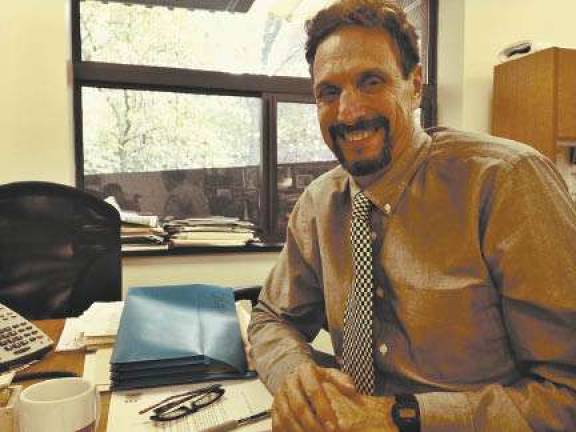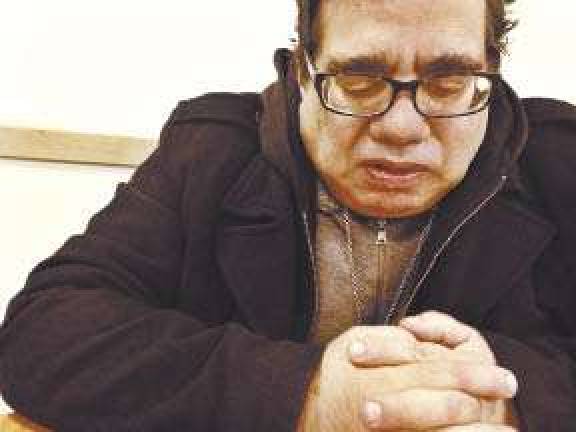Upper West Side Advocates Tackle Homelessness


Local groups are hoping that a new administration will help curb homelessness
Hipolito Seda speaks about his experiences being homeless, he doesn't take his eyes off of the table in front of him. He alternately clasps and waves his hands erratically as he tells his story.
"I've been through many things," he said. "And at times it seemed like my life wasn't going anywhere."
The 55-year-old, raised predominantly on the Upper West Side, is one of the lucky few who ended up finding a low-cost housing alternative.
According to the organization United to End Homelessness, there are over 57,000 homeless individuals living in New York today. This is a 61 percent increase from 2005.
The Institute for Children, Poverty and Homelessness (ICPH) claims that this rise can be attributed to policy changes made by the Bloomberg administration. Pre-Bloomberg, homeless families and individuals were given assistance to re-establish themselves. This included help with building a resume, counseling, and assistance with finding a more permanent housing situation. The Bloomberg Administration set in place "rapid rehousing" procedures, a procedure that aimed to get families out of shelters as soon as possible, which some say had the unintended consequence of not leaving enough time and resources for supplementary help.
"Because of the new rapid rehousing policies, families are not being able to sustain themselves after they leave shelters, so many families end up back in the shelters," said Matthew Adams, Principal Policy Analyst for the ICPH.
According to the ICPH, the recidivism ratefor families entering shelters was 26 percent in 2005. Since then, the number of families having to return to shelters has climbed to 58 percent. It is expected to increase by 4 percent in the next year.
Still, Adams says that the rapid rehousing project was meant to save the government money,
"It costs $3,600 a month to shelter one family. The idea behind rapid rehousing is that if, instead of providing these services and sheltering, you give a family a $1,000 subsidy each month, they can maintain their own housing," he said.
Stephan Russo, the executive director of Goddard Riverside Community Center, says that the solution to the problem of increased homelessness does not lie in the creation of more shelters. Rather, he says that the new mayor should focus on providing low-cost housing.
"Part of the crisis we have, even here on the Upper West Side is lack of affordable housing. Even when people do get subsidies for housing, the subsidies can't cover the cost of rent," he said.
Apart from that, many homeless people in the Upper West Side choose to sleep on the steps of religious institutions and in Central and Riverside parks. Goddard Riverside sends out teams of workers to get these individuals into shelters. Kristen Edwards, an associate director of programs at Goddard Riverside says this becomes increasingly time sensitive as the weather changes.
"One of the things that we'll try to do as we approach winter is make a big effort to engage the folks that are the most vulnerable," she said. "And try to get them to come in before it gets too cold."